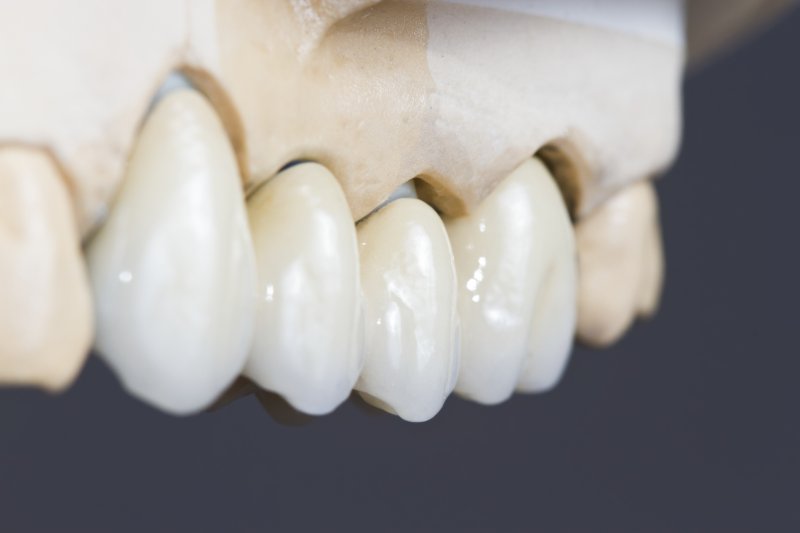
If you’ve gone to the trouble of getting a dental bridge to replace missing teeth, then chances are that you want a solid return on your investment. That means not only that the bridge looks like a real tooth or teeth, but that it lasts a long time. You don’t want to spend hard-earned money on a fix that will only last you a few months or years. That said, is there anything you can do to make sure your own dental bridge lasts you the required time?
As a matter of fact, with proper maintenance, a dental bridge can work for many years with normal functionality. To help those wanting to learn how, here’s a guide to the types of dental bridges, the average dental bridge lifespan, and the best ways to care for them.
Types of Dental Bridges and Their Lifespans
Generally speaking, there are two types of dental bridges: removable and fixed.
Removable bridges are unique in that they have crowns on either end that clip onto existing teeth. Due to their impermanent nature, you need to remove them daily for cleaning. People often choose removable bridges over fixed bridges because they’re less costly and don’t require any surgery to implement.
Fixed bridges, as the name implies, are permanent fixtures connected to your jaw. They come in two kinds, the first of which is removable due to each end capping a natural tooth. (Unlike a removable bridge, though, these ends are cemented in place.) The other kind of fixed bridge is attached to dental implants – metal rods that are surgically fastened to your jawbone below the gums.
One point of similarity between the two bridges is their similar lifespans. Dental experts say that dental bridges can generally last from five to seven years, or, with proper hygiene and dental visits, even up to ten years. Other expert studies agree and have suggested that most dental bridges can last not only ten years but even a lifetime.
How to Maintain the Types of Dental Bridges
Due to their varying characteristics, the different types of bridges require different kinds of care.
Proper maintenance for fixed bridges involves practicing good oral hygiene like you would with real teeth. This means brushing them at least twice a day, flossing or cleaning between teeth with proper brushes or water flossers at least once a day, and using other items like antimicrobial rinses. Regular, professional cleanings are also essential, as the dentist will check the health of your bridge.
As for a removable dental bridge, you’ll need to remove it to perform the necessary cleaning. In particular, you will need to rinse it daily to remove the food debris and plaque it accumulates every day. To do so, it’s recommended that you put your removable bridge over a sink of water or a folded towel so that it won’t break if dropped. For the cleaning itself, use a soft-bristled toothbrush or a denture brush and cool water, as abrasive toothpaste or household cleaners will scratch your bridge’s surface. After brushing, rinse with cool, clean water, though make sure not to leave it in water overnight.
There’s no need to be afraid of losing your dental bridge soon after getting it. By taking the necessary steps, it can almost certainly last as long as you need it!
About the Practice
Claybrooke Dental of Gahanna is a dental practice located in Gahanna, OH. Headed by Drs. Brooke Buller and Clayton Odenweller, both of whom graduated from the Ohio State University College of Dentistry, it’s made up of a team reputed for diverse experiences and knowledge. Even now, over fifty years since it was first established, it continues to operate under strong principles of care. To learn more, you can reach out to our team via our website or by phone at (614)-475-1874.
